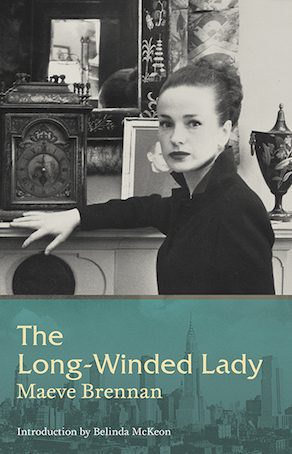Description
Author Photograph: Karl Bissinger
Cover Image: Midtown Skyline by William Frange
Cover Design: Fergal Condon
Maeve Brennan’s Notes from The New Yorker
“Maeve Brennan’s act of rebellion, as the long-winded lady, was to write New York as the city of a woman with ordinary things to do in the morning and with a love, in the mid-afternoon, of sitting by herself in little restaurants, staring at people, eavesdropping on their conversations while pretending to be absorbed in a book. She made no apologies for her nosiness, and she made no apologies for the defiantly quotidian detail of her errands, of her routes on foot, of the random thoughts and wonderings and memories which popped into her head and back out again. ‘Well, there you are, in case you’ve paid any attention,’ the first column ended, in 1954. ‘It was the moment of no comment,’ ended a 1962 piece, about the experience of observing two passing nuns from a restaurant window, and then, in case the strangely unyielding conclusion had not baffled readers sufficiently the first time around, ‘It was the moment of no comment,’ again. On a page of The New Yorker which had always been about charm—a charm possible because it came from a place of easy privilege—Brennan created a persona who was still charming, but also a challenge. She took the reader deep into her experience of their shared city, with a specificity of location and neighbourhood which, sixty years later, still makes a New York reader feel as though they are walking with her through these very streets, past these very buildings, into this very zone with its stubborn personality—but she also makes the reader feel, frequently, as though they have slid into the opposite chair at her one-top and are being stared at in a way that says, Go home.”
—from Belinda McKeon’s introduction
Also available:
The Springs of Affection (stories) with an introduction by Anne Enright
The Rose Garden (stories) with an introduction by Angela Bourke








